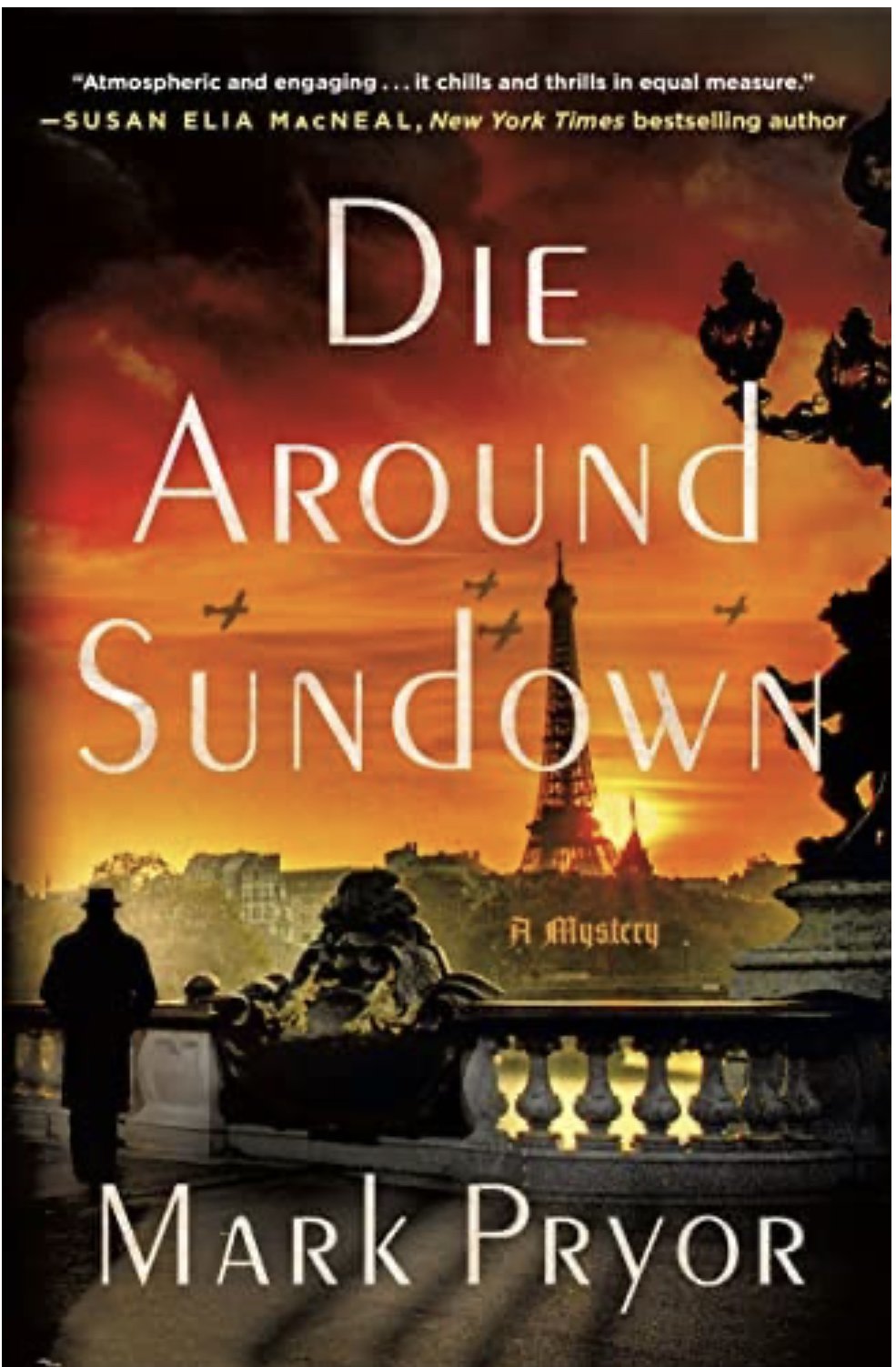Die Around Sundown
Die Around Sundown (Inspector Henri Lefort #1)
By: Mark Pryor
“Ironic, then, that the moments of actual peace, of real respite, in this awful blood-soaked war would come at sundown, both sides tired of raining bombs and bullets on each other all day, grateful for that still beautiful moment when the blood stopped flowing and the only red we saw spread itself across the horizon as a signal that we’d managed to live a little longer.”
This one is a new take on a WWII novel.
It’s less about the war and more about solving a mystery. And I thoroughly enjoyed it!
Inspector Henry Lefort has survived WWI and finds himself as a police detective in Nazi occupied Paris during WWII. As the Germans are packing up art from the Louvre, one of them is found shot. Lefort is forced to solve the crime in a matter of days or face the wrath of the Nazis.
To his dismay he is not allowed access to the crime scene and is only given a short list of suspects. But if he wants to live to next week he will have to get creative in getting to the bottom of a crime he almost wished he had done himself.
“My irritation was growing and something else was, too, a darker fear that I was being drawn into a game too dangerous for any parlor. No, not a game. A trap.”
Another thread throughout this book is his relationship with Princess Marie Bonaparte— psychoanalyst who studied under Freud and great-grand niece of the famous Napoleon (she is a real person). Lefort’s (undiagnosed) misophonia is intriguing to her and they make a deal where he agrees to talk with her in exchange for good wine and food with rationing on the horizon.
This reminded me a little of the Ian Rutledge series as he is a detective with an atypical PTSD challenge from his time in WWI.
He tells her of a mission gone wrong in WWI where he was the only survivor of his group. The story unfolds interspersed in the book. It’s important because a local journalist begins harassing Lefort about secrets he is hiding and threatens to expose.
While there was more language than I would have liked, there were a lot of good components to this story. I think this will be a fun series to continue.
Lefort is a good character. He has his cynicism and war-hardened side, but he is also kind and witty and has good intuitions. Plus his background is a bit mysterious and has potential to come back in future books.
Considering how much Lefort despises the Germans (who he refers to as cabbage crunchers, goose-steppers, and SS psychos), it will be interesting to see what other trouble Lefort gets himself into as the series continues. He has a responsibility as a police officer to do their bidding but he’ll find his own way to resist.
I thought it was interesting that Pryor decided to include Pablo Picasso in this story and thought it was clever the way he tied him in.
One of Picasso’s most famous paintings is Guernica which has become a symbol of anti-war as it depicts human suffering, especially by the innocent, during war times.
This is fitting within the context of the story.
While the story is fiction, Picasso did stay in France during WWII even though he was not allowed to show his work. He helped the French resistance in whatever ways he could. I read one article that said he was often questioned by the Gestapo and one particular time the Gestapo saw a picture of Guernica in his apartment and asked ‘Did you do that?’ To which Picasso replied, ‘No, you did.’
As an art major, I enjoy books that thread discussion of art in their books. Although, I wish I had paid more attention in my art history classes. There were several references to other artists and works that I had vague memory of but no context.
Pryor incorporated this real quote from Picasso:
“You believe art is decoration. Adornment. It is not. It is power. A weapon. Painting is an instrument of war for attack or defense.”
This is contrary to what I said in my college art show as I prefer realism and paintings that people like to look at and hang in their house. I don’t make art to express my feelings or make political statements. But at the same time, especially during a time where art was censored, I can see how art can be used as a weapon under the right circumstances. And imagery can be very powerful when words are absent.
But I tend to prefer words when making a point and making ‘meaningful’ art in the sense of ‘powerful’ sounds too exhausting to me right now.
I liked how we get to see Lefort wrestle with his hatred for the Germans and yet seeing their humanity.
“Like every Parisian, I found it easy to despise the German war machine that had steamrollered through our country and taken possession of its beautiful capital city. But a machine is made up of many parts and not all of them are destructive.”
It’s an uncomfortable thing to think about because it’s easier and feels better to just hate all the Germans/Nazis and what they represented. But so many of them were just trying to survive too. It’s likely that not all of the Nazis were killing machines. This doesn’t excuse the actions taken against the innocent, but I like that Pryor challenges us to see their humanity.
There are probably a lot of you who are tired of WWII fiction, but I would still give this one a chance! I enjoyed it and would recommend.
[Content Advisory: 23 f-words, 25 s-words, no sexual content]
**Received an ARC via NetGalley**
This book just released in August 2022. You may purchase a copy of this book using my affiliate link below.
Share this book review to your social media!


